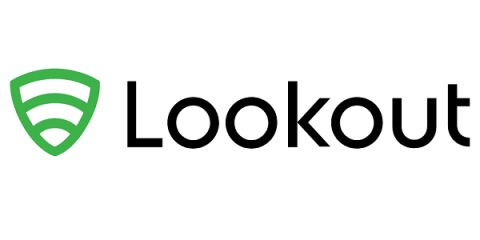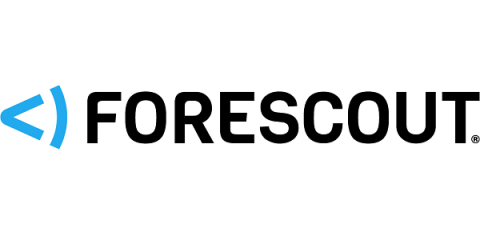GitHub Supply Chain Attacks Highlight the Urgency of Zero Trust SaaS Data Security
In early April, the tech industry witnessed a major GitHub security incident targeting GitHub organizations using Heroku and Travis CI. GitHub was made aware of this threat via an attack leveraging AWS API keys to GitHub’s own npm production infrastructure. As upstream security risks within SaaS platforms become more common, organizations that leverage these platforms are relying on tools like Nightfall to protect themselves.









